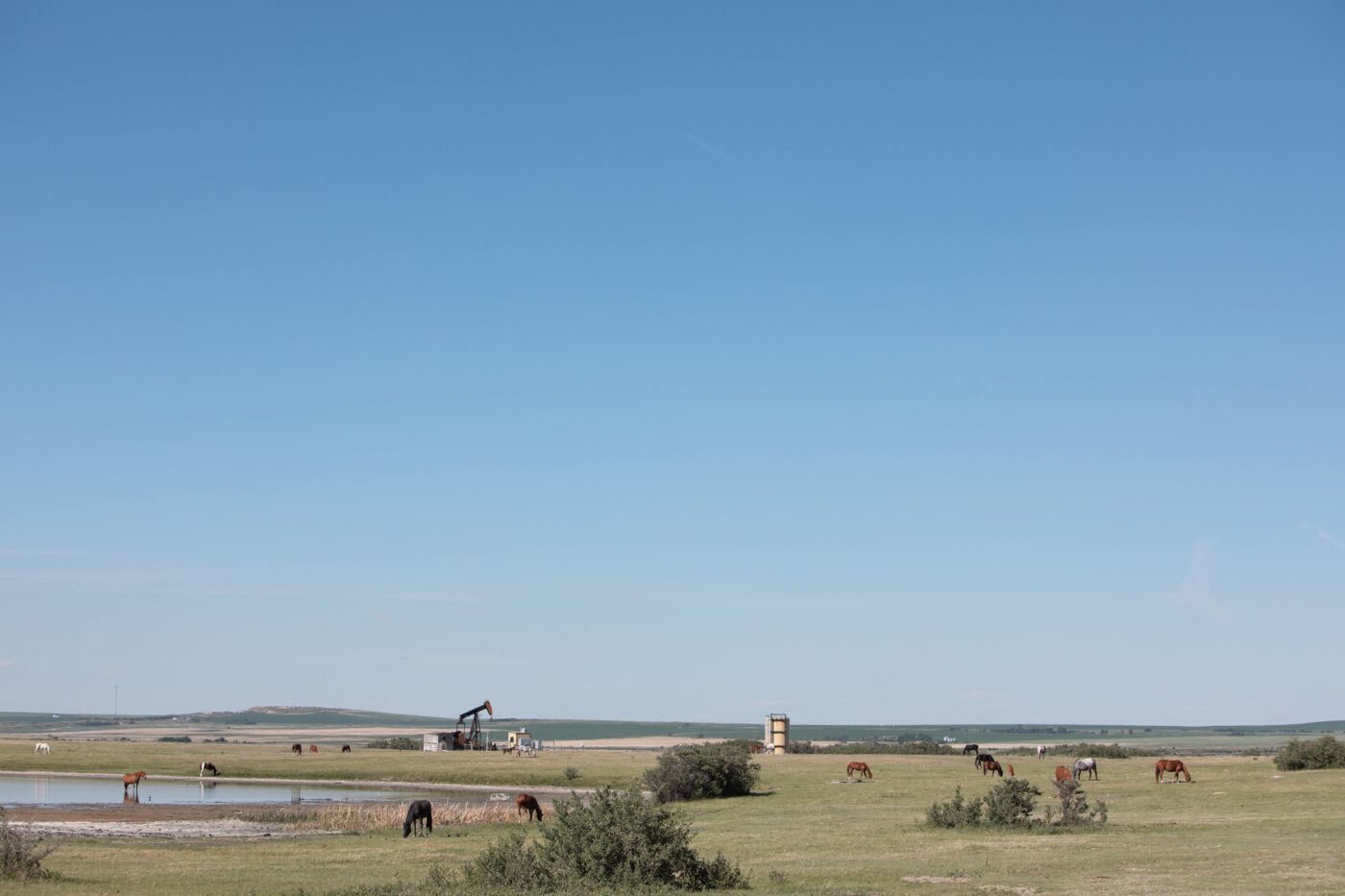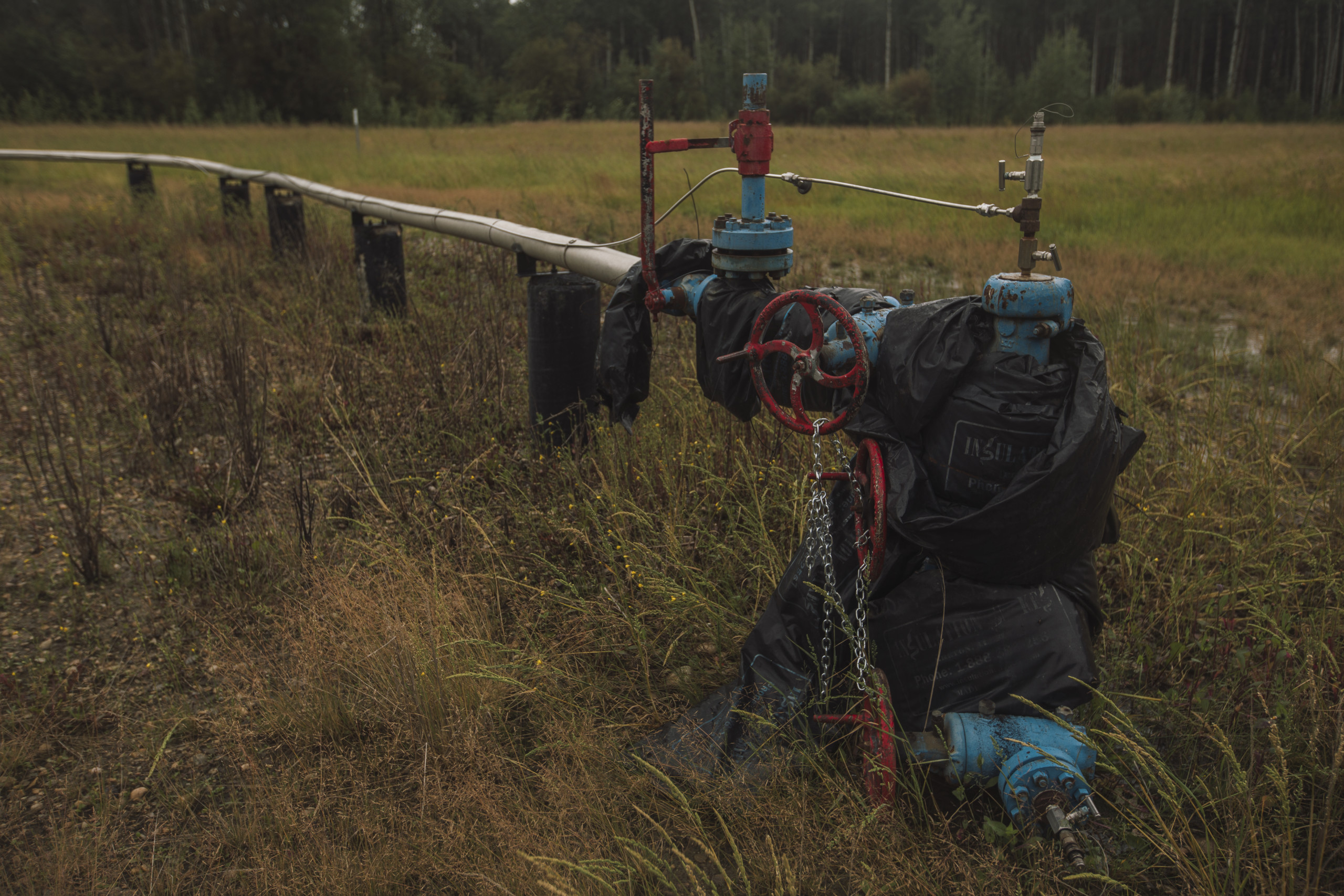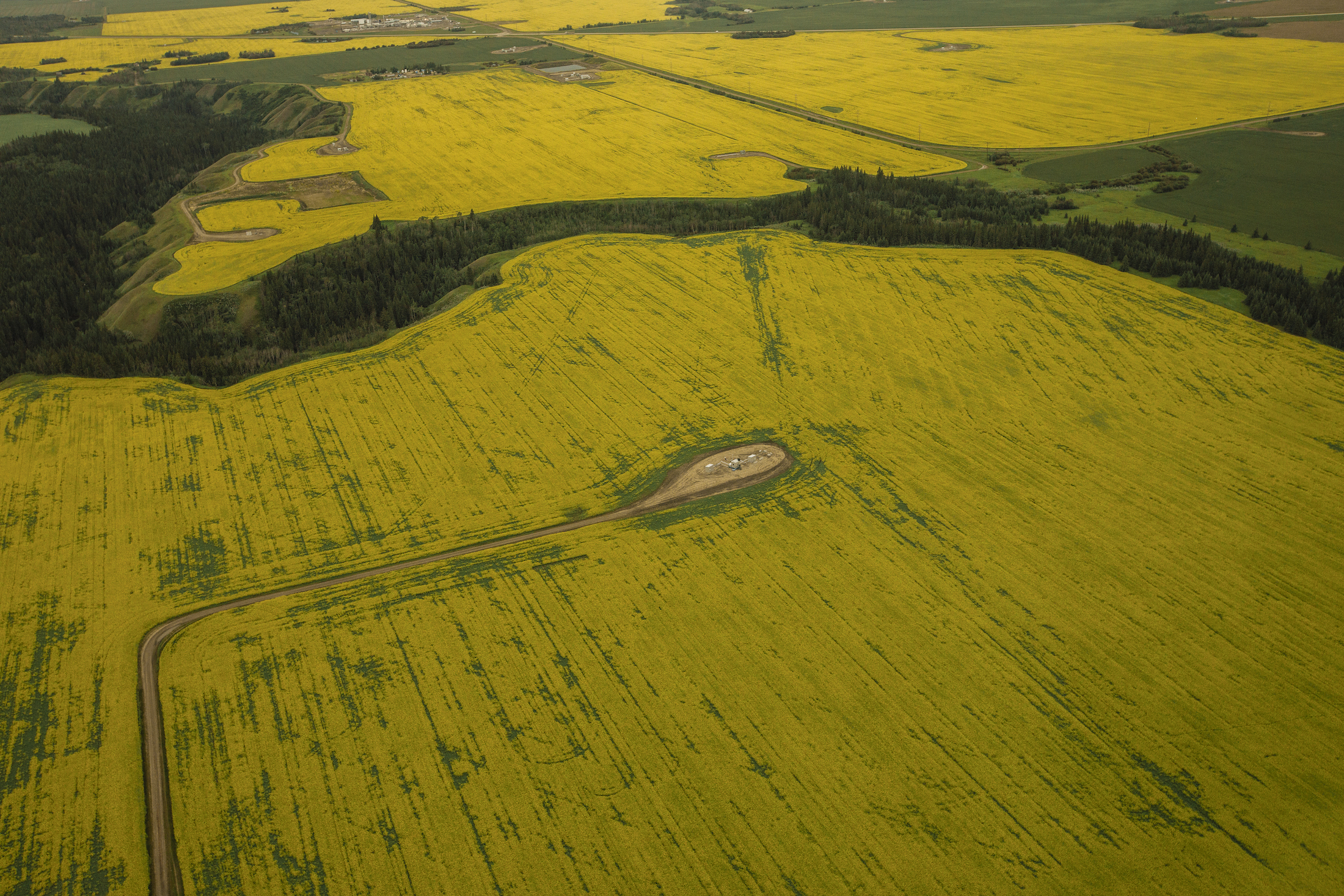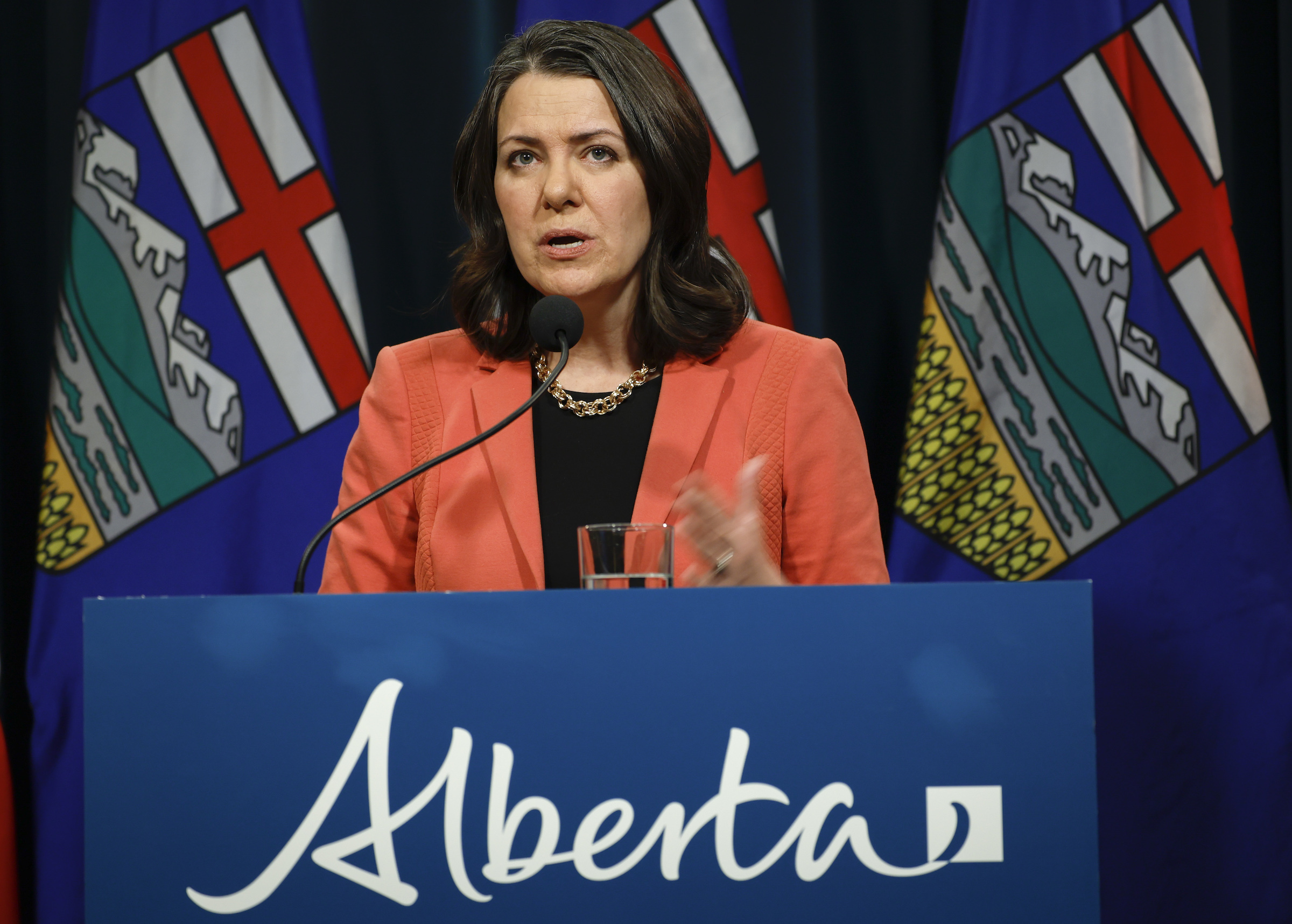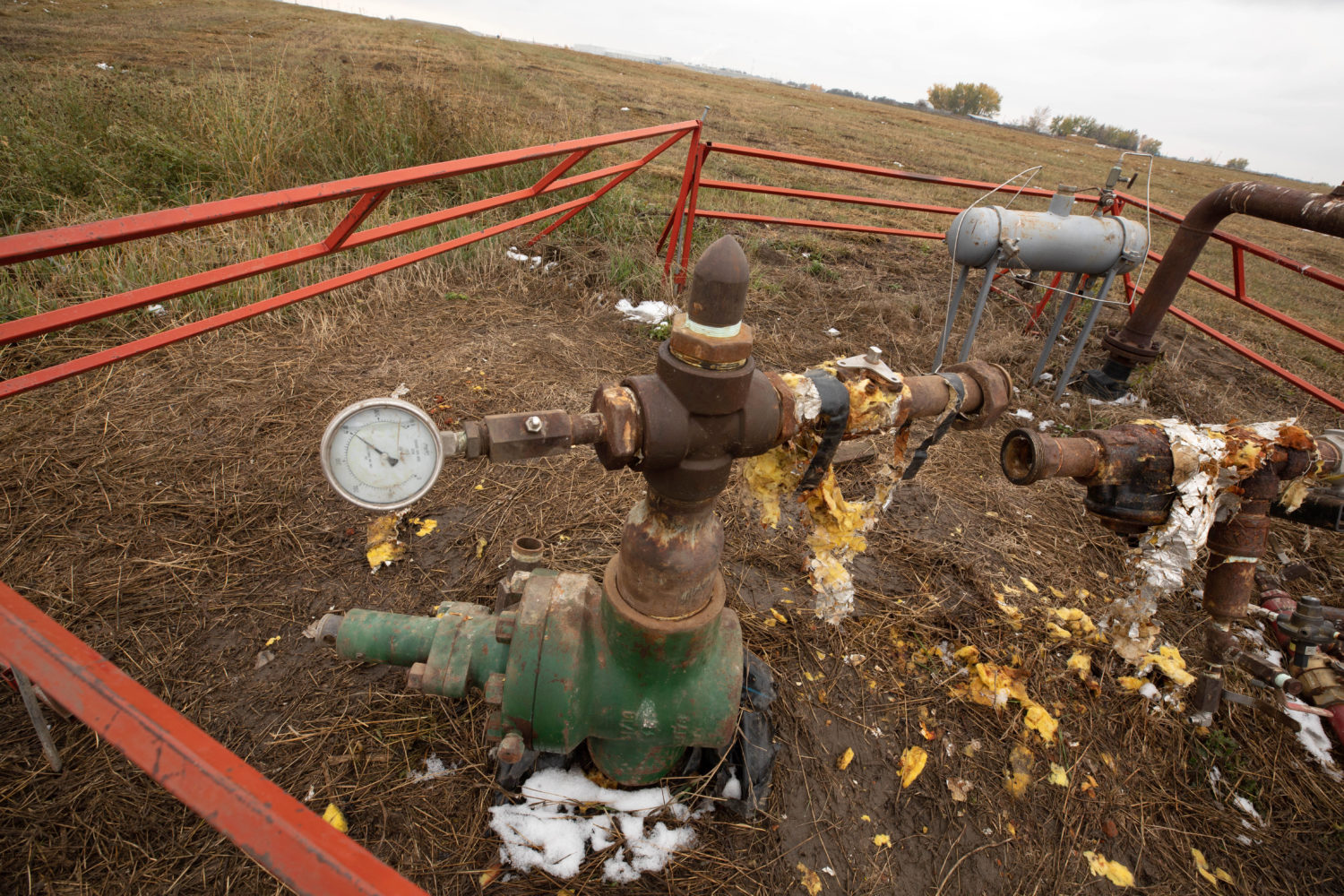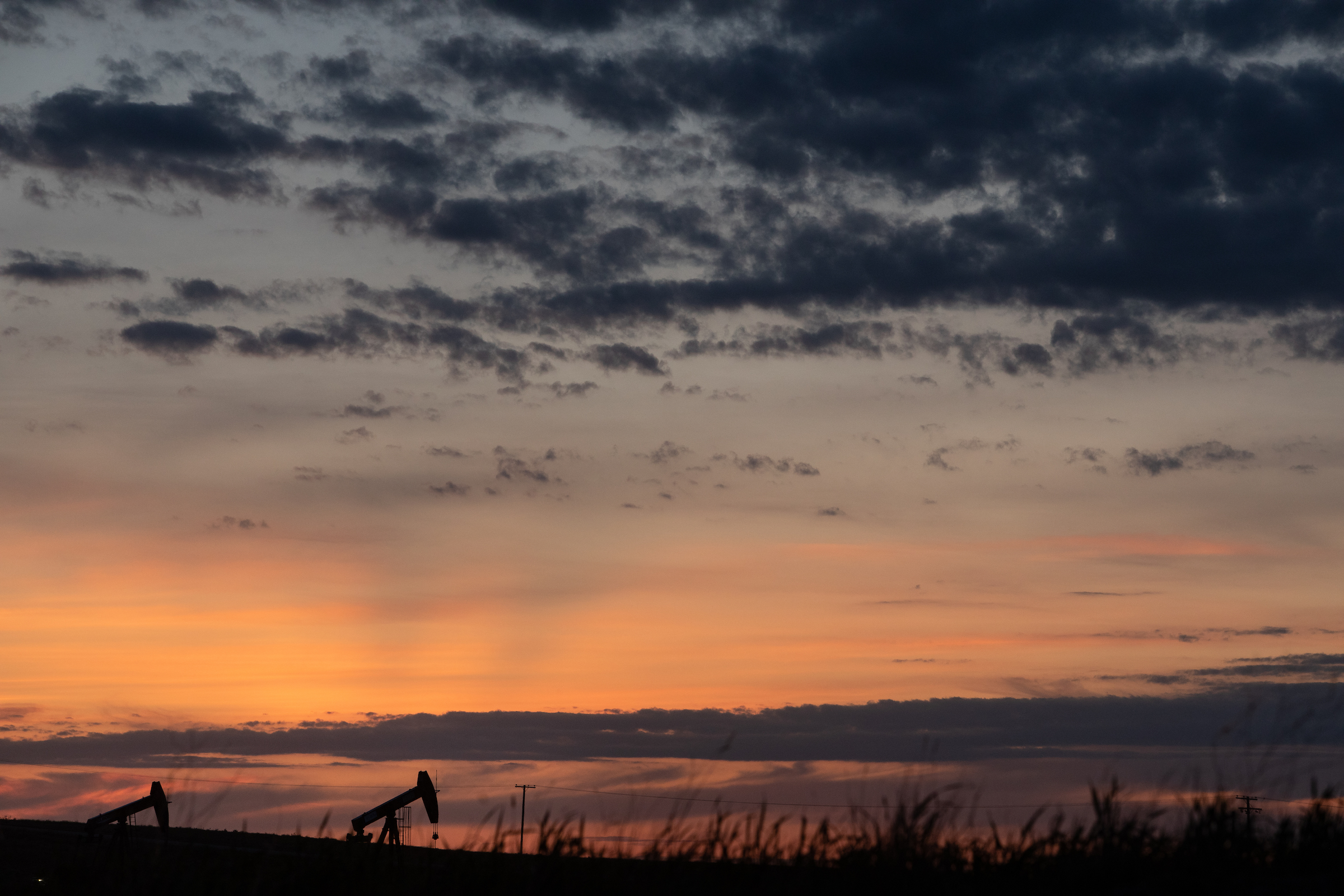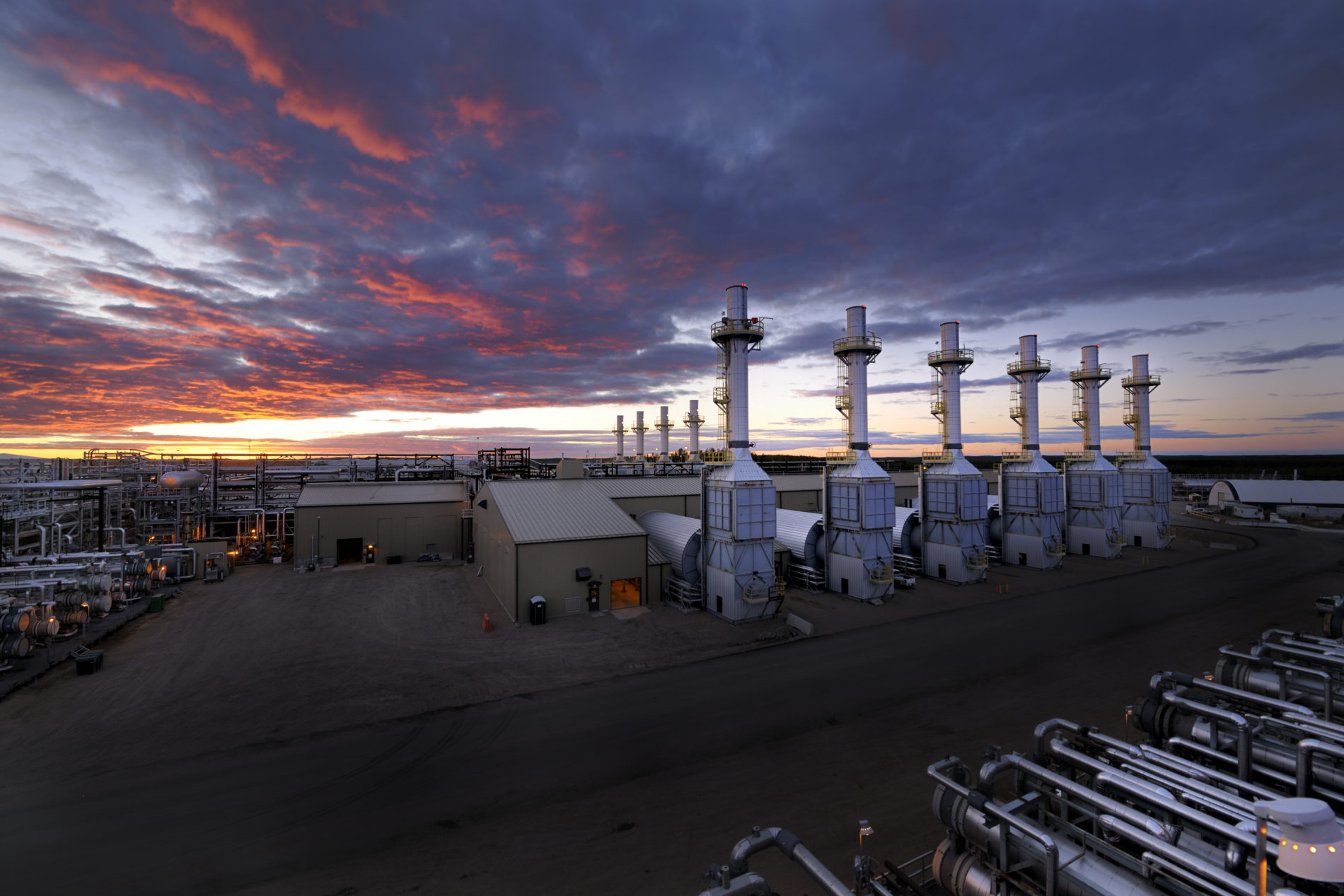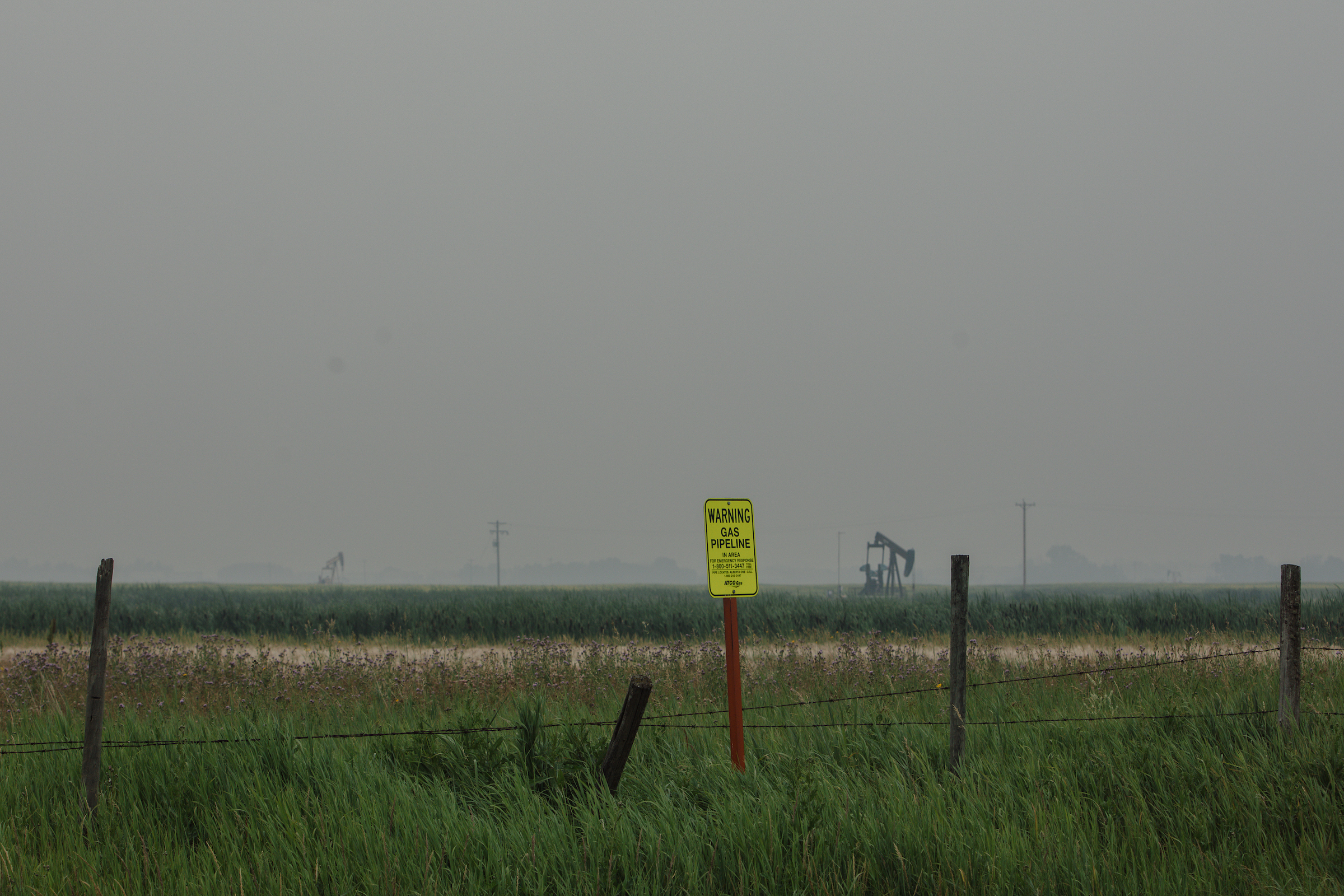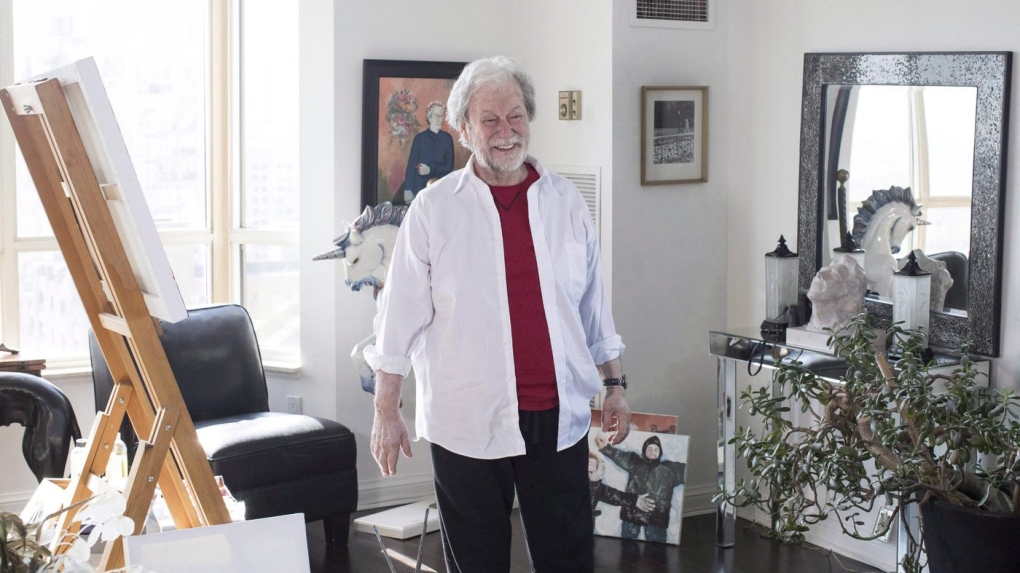
Lee-Anne Goodman
The Canadian Press
Published Feb. 26, 2023
Gordon Pinsent, the adored Canadian actor whose career hit its peak well into his 70s with an award-winning performance as the heartbroken husband in “Away From Her,” has died.
Pinsent died on Saturday evening at age 92, his friend actor Mark Critch confirmed.
The Newfoundland native, a household name in Canada for decades after his many appearances on stage and screen, became known internationally after his Genie Award-winning turn as Grant in Sarah Polley's acclaimed directorial debut.
His dignified portrayal so impressed Daniel Day-Lewis, who went on to win the best actor Oscar in 2008 for “There Will Be Blood,” that he sent an email to Polley praising Pinsent's performance as one of the most “astonishing” he'd ever seen.
Those types of kudos tickled the modest Pinsent. Well into the final years of his life, the actor remained mischievous, giggly and often as giddy as a schoolboy whenever any praise was sent his way.
“Now you see, I don't talk that way about myself, so I was pleased — it was just terrific,” Pinsent said with a laugh in an interview with The Canadian Press of Day-Lewis's email and the continuing raves he was getting for “Away From Her,” especially since he didn't garner the kind of international awards recognition some critics said he deserved for the role.
Pinsent was "suave, classy elegant, well-spoken," said Critch, a fellow Newfoundlander and family friend who says he became close with Pinsent after working they worked together on a YouTube project.
Actors in Canada are following "on a path that (Pinsent) cut through a forest," said Critch in a phone interview.
"He never forgot anything. Like he would call you on Christmas, he'd call you on your birthday, he'd call you on Father's Day, and we'd have a Facetime or a call," said Critch.
"I will miss my great mentor and this hero, this giant colossus of Canadian entertainment, but I'll miss my friend Gordon Pinsent from Newfoundland because he was an even better friend than he was an actor," said Critch.
Born in Grand Falls, N.L., in 1930, Pinsent was the youngest of six children born to Stephen Pinsent, a papermill worker and cobbler, and his wife, Flossie.
The actor described himself as an awkward child who once suffered from rickets. His schoolmates called him “Porky.”
But by the age of 17, the previously shy Pinsent had discovered acting, and was soon performing in stage productions in Newfoundland and then further afield, in Winnipeg. Possessing a deep baritone, Pinsent also took on roles in radio drama on the CBC, and before long moved on to film and television too.
In the early 1950s, Pinsent took a break from acting and joined the Canadian Army, serving for about four years.
But acting remained his true love, and he became a stalwart on some children's shows in the early 1960s, including CBC's “The Forest Rangers.” He went on to appear in dozens of Canada's best-known television shows, including “The Red Green Show,” “Due South,” “Wind at My Back” and Paul Gross's “H20: The Last Prime Minister.”
Pinsent's film resume was equally impressive. He wrote and starred in “The Rowdyman,” a Canadian classic about a troubled Newfoundlander whose best intentions go unnoticed by those closest to him.
Pinsent also had memorable roles in “Who Has Seen The Wind” and “The Shipping News,” a major Hollywood production starring Kevin Spacey, Julianne Moore and Cate Blanchett. Pinsent played newspaperman Billy Pretty in the 2001 film, and also cheerfully provided lessons in perfecting the Newfoundland accent to the rest of the cast.
In 2013 he starred in Don McKellar's acclaimed Newfoundland-set comedy "The Grand Seduction," which earned him a Canadian Screen Award for best supporting actor.
But it was “Away From Her,” a role that came to him when he was 76, that truly sealed his reputation as a “national institution,” as Polley once described him.
The actress and director said from the moment she finished reading the Alice Munro short story, “The Bear Came Over The Mountain,” she envisioned a film starring Pinsent as Grant, the bewildered husband who loses his wife of 45 years not just to Alzheimer's, but to another man. Pinsent was happy to oblige.
“She didn't have much convincing to do,” Pinsent said in an interview in February 2007. “You know, you can be a working actor in this country all your life, and it's just terrific, but you don't always get the stuff that's a bit more challenging.”
“Away From Her” was particularly poignant for him - his own wife of 45 years, actress Charmion King, died just a couple of months before the film's mainstream release, forcing Pinsent to re-examine the many themes of quiet despair explored in “Away From Her.”
“It was something I wasn't necessarily drawing on except in the general sense of how anyone must feel at a certain time of life after spending so many years with a partner,” an emotional Pinsent said during the interview, conducted just a few weeks after King's death from emphysema.
“It's almost impossible to grasp ... how do you prepare? Where does love go? Where do you go, the leftover?”
King and Pinsent had one child together, actress Leah Pinsent. Pinsent also had two children from an earlier marriage, Barry and Beverly.
Leah Pinsent was extremely close to her father, accompanying him to many events in the aftermath of her mother's death and honouring him in June 2007 when he was inducted into the Canadian Walk of Fame. She described her father as her “truest inspiration and one of my best friends” at the event.
Pinsent, for his part, brought the house down with his joke about fellow inductees Nickelback, the Alberta rock band.
“Nickelback! What can you say? I've got all their LPs and 45s!” he said as the crowd roared.
Pinsent's sense of humour, in fact, was one of his most endearing qualities, and was in full force during the making of “Away From Her.”
At a pre-Genie brunch honouring the film in March 2008, Pinsent told of hijinks involving his co-star, Julie Christie, an animal rights activist and environmentalist.
He came to the set one day and told Christie that he'd bought a Prius, the environmentally friendly electric automobile favoured by celebrities.
“She said: ‘Good for you, Gordon.' And I told her how quiet the car was, and how lovely that was, and she agreed. And then I said: ‘All the better for sneaking up on the baby seals!' And she wasn't too happy about that.”
But for all the outpouring of praise and admiration for Pinsent in the wake of “Away From Her,” movie offers didn't come pouring in after its release. He got passed up for a role in a Tom Cruise film, and turned down a part in a Luke Wilson movie.
“I suppose if I was out there pounding the pavement and working rooms, there might be more coming my way, but that's just not me,” Pinsent said. “I don't work rooms anymore. I tried that as a younger man and didn't like it very much.”
After his role in the 1968 Steve McQueen movie, “The Thomas Crown Affair,” and playing the U.S. president in the Milos Forman film, “Colossus: The Forbin Project,” Pinsent and King lived in L.A. for six years in an attempt to launch his Hollywood career.
“I did a lot of stuff, a few movies, four pilots that didn't go anywhere, but I was brought down to play the president in ‘Colossus,' the Forman project that became kind of a cult thing with university students. So I decided to hang out down there for awhile, but it was because I started to write that I came back,” he recalled.
“I wanted to work where I wanted to live. You could spend three or four lifetimes down there, just standing around waiting for something, waiting for good material to happen.”
Pinsent, in fact, wrote his novel “The Rowdyman” while he was in Los Angeles, but wanted to film it in his beloved Newfoundland. The Pinsents returned to Canada and stayed put.
“I had a chance to sell it down there but didn't. I wanted to do it on my own home turf, and it cost very little — it was coffee money for most movies, and it was great to be home.”
Throughout his life, in fact, the actor remained devoted to his native province, returning two or three times a year to visit his brothers.
“I kind of need to go there a lot,” Pinsent said. “I began to write from that place, from that perspective. But the family used to be much larger; it's dwindled now, even though my nephews and nieces make up half the island.”
Pinsent's lifelong passion for creating never faded — in 2018 he released a short film he wrote and self-funded called "Martin's Hagge," about a middle-aged writer burdened by a personified version of anxiety and depression.
“I really love writing ... writing is good, it's even better than good when you hit those peaks, and it's the same feeling oddly enough in acting. It's that lovely thing where you get that zone, that peak of joy, and it reminds you of why you started it all.”
-With files from Jessica Smith in Toronto






